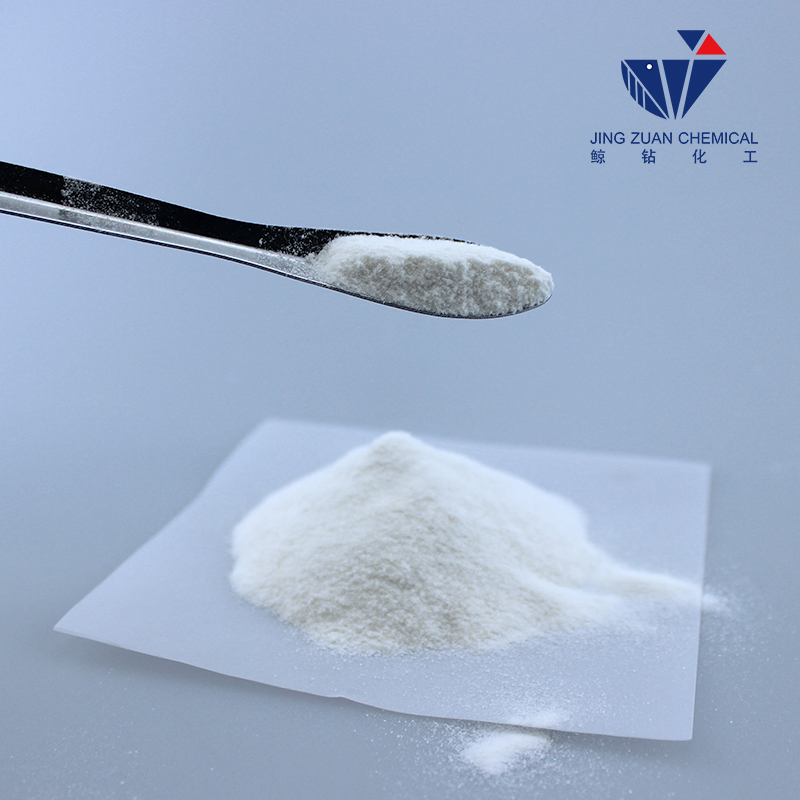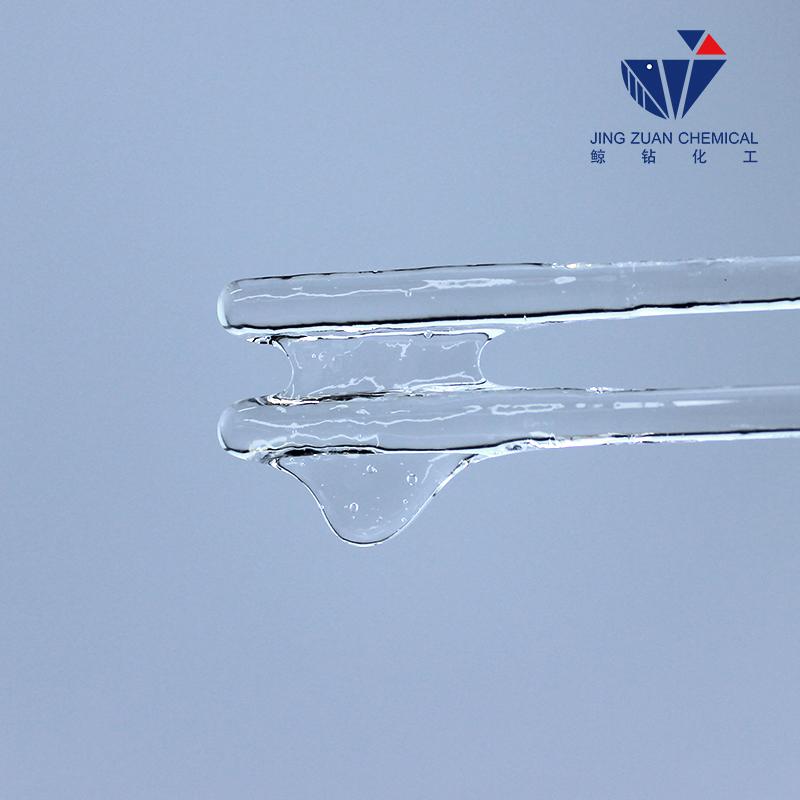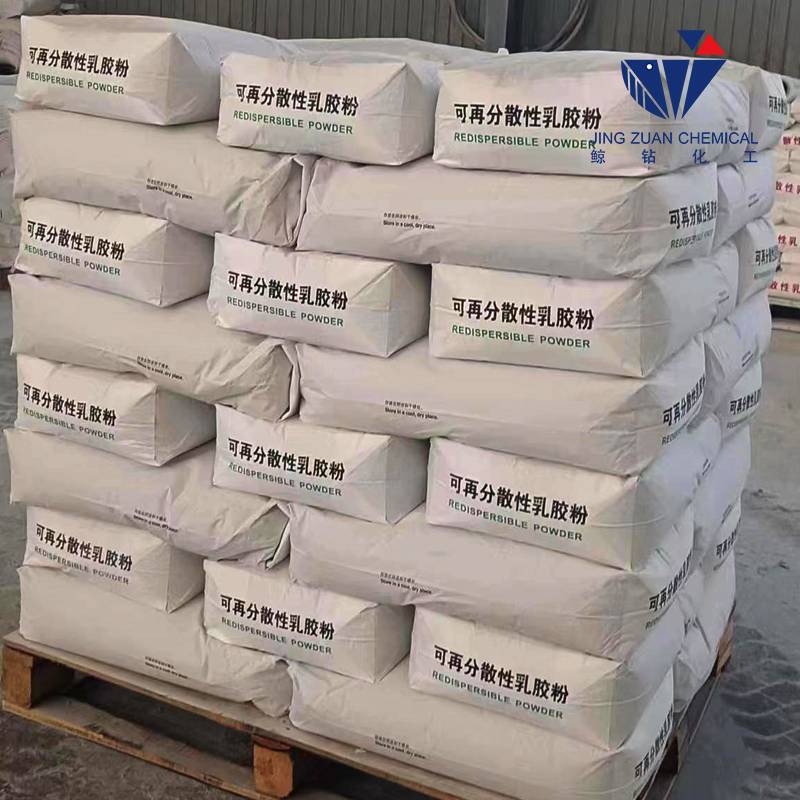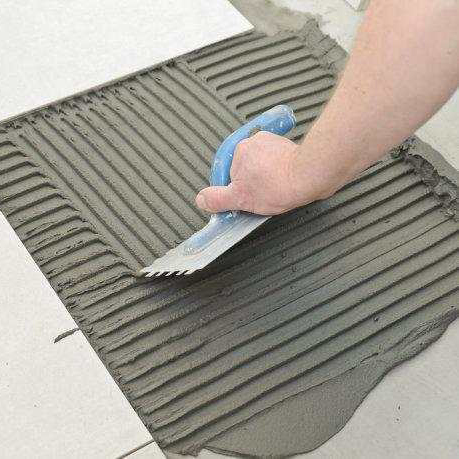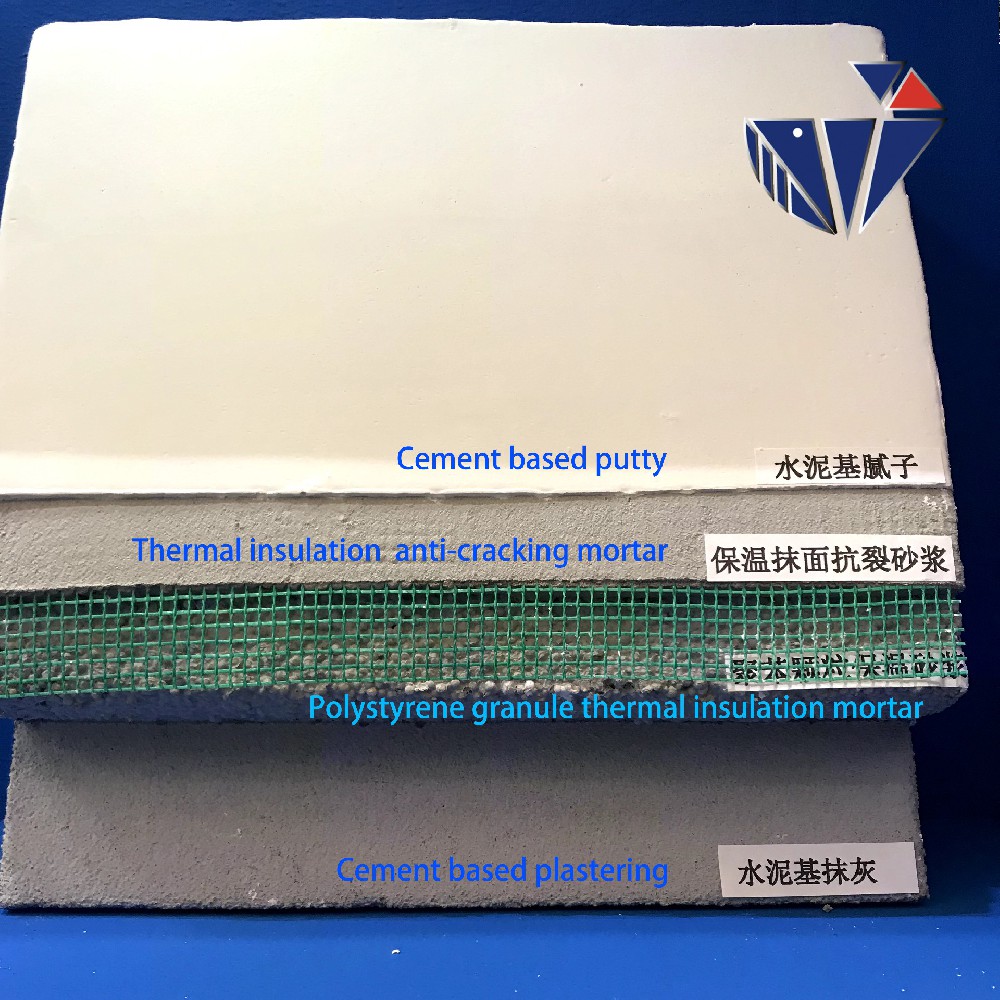
Sep . 14, 2024 20:00 Back to list
what is hpmc made from
What is HPMC Made From?
Hydroxypropyl Methylcellulose (HPMC) is a versatile cellulose derivative widely used in various industries, including pharmaceuticals, food, construction, and cosmetics. Understanding what HPMC is made from requires a closer look at its chemical composition and the process of its synthesis.
What is HPMC Made From?
The key to forming HPMC lies in the etherification process, where cellulose is treated with certain chemical reagents. The primary chemicals used in manufacturing HPMC are propylene oxide and methyl chloride. When cellulose interacts with these reagents, it undergoes a series of reactions that attach hydroxyl (OH) groups and methoxy (-OCH3) groups to the cellulose backbone. This chemical modification results in a compound that exhibits unique properties, distinguishing it from its parent cellulose.
what is hpmc made from

The extent of these modifications influences the characteristics of HPMC, such as its viscosity, solubility, and gel-forming abilities. For instance, variations in the degree of substitution (the number of hydroxyl and methoxy groups attached to the cellulose molecules) can lead to HPMC with different functionalities. Products with higher methoxy content, for example, often display better solubility in water and a smoother texture, making them ideal for applications in the food and pharmaceutical industries.
In terms of its applications, HPMC is highly valued for its thickening, binding, and film-forming properties. In the pharmaceutical field, it is commonly used as an excipient in tablet formulations, providing essential functionalities like controlled release and stability. The food industry utilizes HPMC as a thickener and stabilizer in various products, including sauces, dressings, and dairy products. Its ability to provide moisture retention and improve the texture of food products is also highly esteemed.
Moreover, in the construction industry, HPMC is utilized in cement-based products and tile adhesives, enhancing their workability and water retention. In cosmetics, HPMC acts as a film-forming agent in lotions, creams, and gels, contributing to the texture and stability of these products.
In conclusion, HPMC is a complex derivative of cellulose, synthesized through chemical modifications involving propylene oxide and methyl chloride. Its diverse applications across multiple sectors are a testament to its valuable properties and effectiveness as an additive. Understanding its composition and properties helps in appreciating the significant role HPMC plays in various consumer products we encounter daily.
-
tile-bonding-additives-for-stronger-bonds
NewsAug.22,2025
-
construction-grade-rdp-for-wholesale-needs
NewsAug.22,2025
-
trusted-wholesale-hec-partners
NewsAug.22,2025
-
hec-solutions-for-industrial-excellence
NewsAug.22,2025
-
construction-additives-need-hpmc-essentials
NewsAug.22,2025
-
hpmc-versatile-cellulose-ether-for-industries
NewsAug.22,2025

